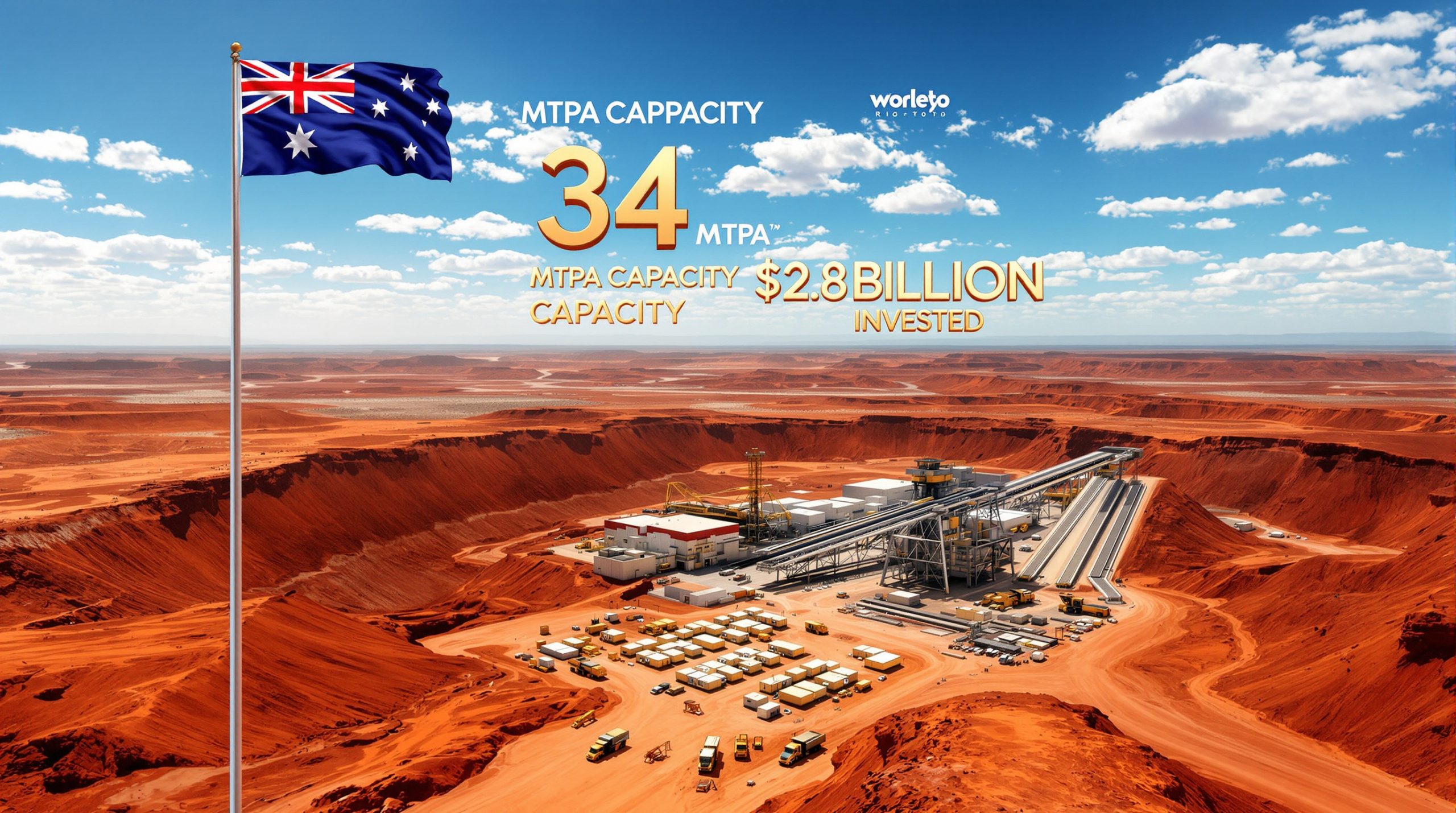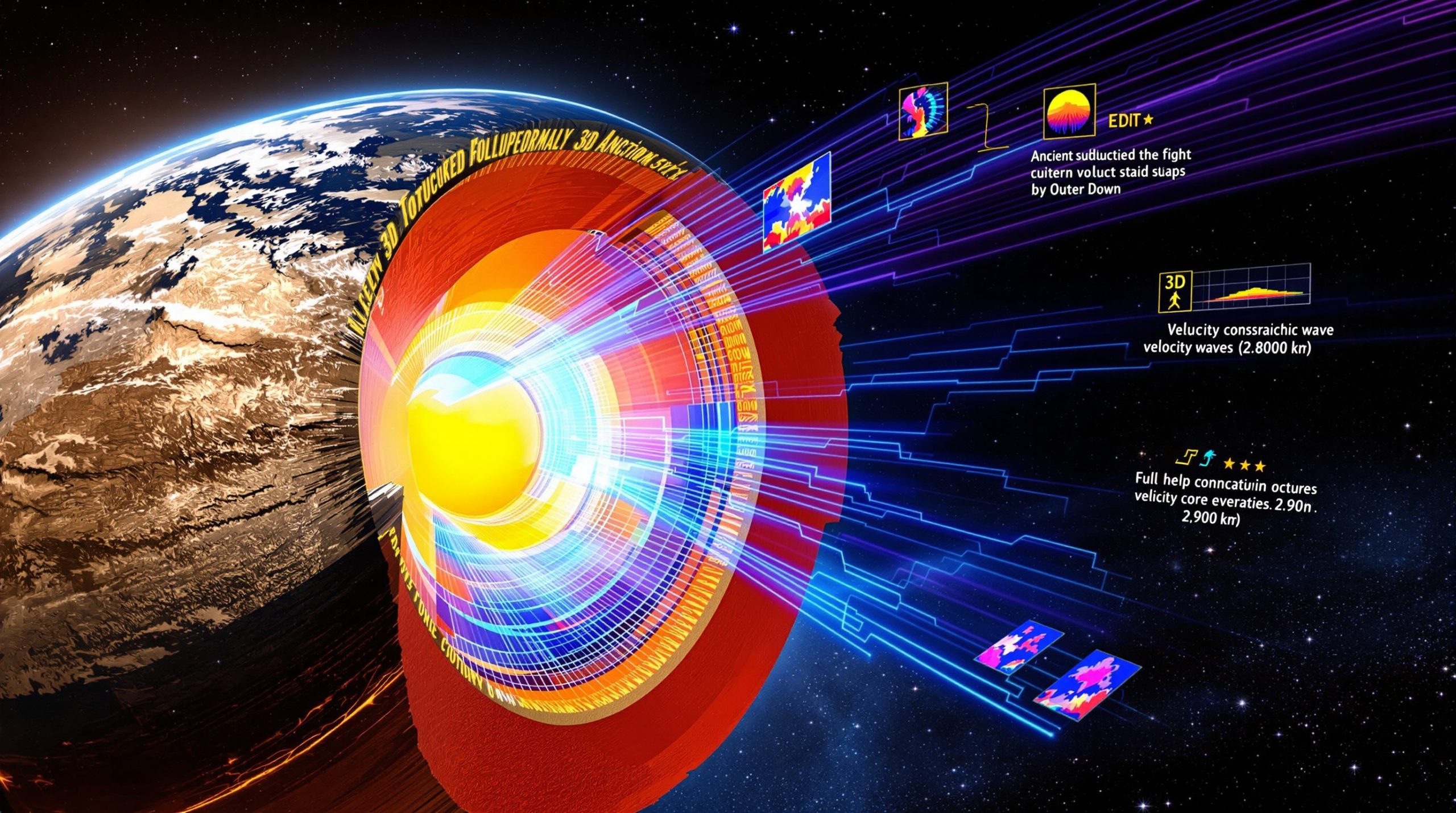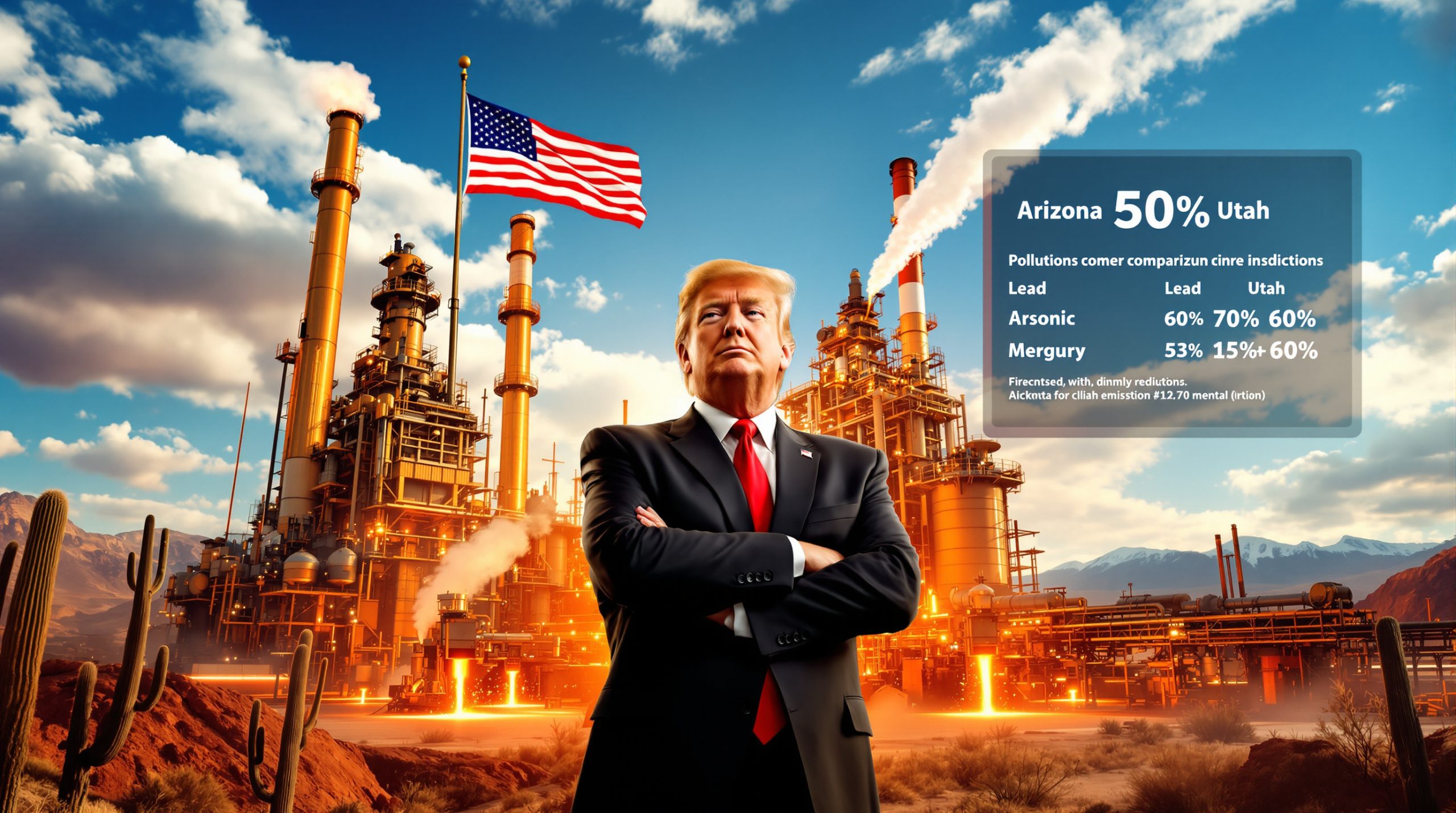Understanding the Dynamics of the Tungsten Market: A Tale of Two Sectors
The tungsten market is currently experiencing a significant disconnect between upstream mining operations and downstream processing facilities, creating a pricing stalemate that characterizes today's market landscape. This comprehensive analysis examines the complex interplay of supply constraints, demand fluctuations, and global influences shaping the tungsten industry in 2025.
What is Causing the Current Stalemate in the Tungsten Market?
The tungsten supply chain is experiencing an unusual impasse, with upstream and downstream transactions in the tungsten market locked in a negotiation deadlock that shows little sign of immediate resolution.
The Supply-Demand Imbalance
At the heart of the current market stalemate lies a fundamental imbalance between raw material availability and processing economics. Upstream tungsten concentrate inventories have reached critically low levels, particularly for 65% black tungsten concentrate. This scarcity has maintained price firmness in the mining sector, with current quotes holding steady at 172,000-173,000 yuan per metric ton unit (mtu) as of June 25, 2025.
Meanwhile, downstream processors face a very different reality. Most ammonium paratungstate (APT) producers and other intermediate processors are operating at financial losses under current market conditions. This economic pressure creates strong resistance to purchasing raw materials at elevated prices, regardless of inventory needs.
"The market is caught in a classic squeeze scenario—miners can't afford to lower prices due to production economics, while processors can't afford to pay current prices and remain profitable. This fundamental disconnect is the primary driver behind the current trading stalemate." — SMM Market Analysis, June 2025.
The resulting market atmosphere remains cautious, with both sides engaged in continuous negotiations but few transactions materializing outside of established contracts.
Upstream Mining Sector Conditions
The mining sector's position is strengthened by exceptionally limited available inventory. Industry insiders report that the majority of concentrate shipments are occurring through previously established long-term contracts, leaving minimal spot market availability for new buyers.
This supply constraint has forced downstream buyers into an uncomfortable position—they must either restock at current elevated prices or risk production disruptions. Despite this leverage, miners are maintaining price stability rather than pursuing aggressive increases, suggesting a recognition of downstream pressures.
Black tungsten concentrate producers point to rising production costs, stringent environmental compliance requirements, and limited new mine development as factors necessitating current price levels. Without these price supports, industry experts suggest mining industry evolution could decline further, exacerbating the supply shortage.
How Are International Factors Affecting Tungsten Prices?
The tungsten market doesn't exist in isolation—global events and international pricing dynamics create significant ripple effects throughout the supply chain.
Global Market Pricing Comparison
A significant price differential exists between domestic Chinese and international tungsten markets, creating interesting trade dynamics. Current European ferrotungsten is priced at 51.75-52 US dollars per kilogram, equivalent to approximately 260,000-261,000 yuan/mtu when converted to Chinese currency.
Similarly, European APT is quoted at 430-475 US dollars/mtu (equivalent to 273,000-302,000 yuan/mt), representing a premium of approximately 8-20% over domestic Chinese APT prices. This price gap creates export opportunities for Chinese producers who can navigate export licensing requirements.
The international pricing premium reflects several factors:
- Transportation and logistics costs
- Export licensing compliance expenses
- Supply uncertainty risk premiums
- Regional demand variations
- Processing capability differences
Geopolitical Influences
Geopolitical developments have recently introduced bearish pressure on tungsten markets. The ceasefire agreement between Israel and Iran has noticeably reduced geopolitical risk premiums that had been supporting commodities market volatility. This de-escalation has decreased demand for capital hedging through hard assets, creating short-term downward price pressure.
Meanwhile, supply disruptions continue in other critical metals that affect tungsten end-users. The Democratic Republic of Congo's recent three-month extension of its export ban has significantly impacted related materials like cobalt, which is essential for cemented carbide production. Cobalt powder prices have risen sharply as a result, creating additional cost pressures for tungsten carbide manufacturers.
These developments highlight how the tungsten market increasingly responds to global trade tensions beyond traditional supply-demand fundamentals. The industry continues restructuring international supply chains in response to evolving trade restrictions and regional risk factors.
What's Happening in the Downstream Processing Sector?
While miners maintain relative price stability, downstream processors face significant operational and financial challenges that threaten their sustainability.
Ammonium Paratungstate (APT) Market Conditions
The APT market segment (≥88.5% purity) currently shows quotes ranging from 250,000 to 254,000 yuan/mt, with an average transaction price of 252,000 yuan/mt. While officially unchanged on market reports, industry sources indicate a slight decline in some spot market transactions as processors attempt to stimulate demand.
APT facilities face a classic margin squeeze—caught between elevated raw material costs and resistance to price increases from their own customers. This compression has pushed many processing operations into negative profit territory, making current production levels financially unsustainable without price adjustments.
Processing facilities report operating at reduced capacity utilization, typically 60-75% of total capability, as they attempt to balance inventory management with cashflow considerations. Some smaller processors have temporarily halted operations entirely, awaiting more favorable market conditions.
Cemented Carbide Manufacturing Challenges
Further downstream, cemented carbide manufacturers face compounding challenges. Beyond tungsten price pressures, they're now confronting significant cost increases for cobalt powder, a critical binding material in tungsten carbide production. This dual cost pressure creates severe profitability challenges.
Manufacturers increasingly show reluctance to accept new orders under current pricing conditions, creating potential supply gaps for end-users in cutting tools, mining equipment, and aerospace applications. The situation is particularly acute for smaller manufacturers without vertically integrated supply chains.
The cost pressure remains difficult to transfer to end customers, many of whom operate in competitive industries with their own margin constraints. This creates a bottleneck where price increases can't easily flow through the value chain, concentrating financial pressure at the processing and manufacturing levels.
What Are the Key Market Indicators to Monitor?
For stakeholders navigating this complex market, several critical indicators provide early signals of potential market direction changes.
Supply-Side Metrics
Mining output volumes and concentrate availability serve as the foundation for market dynamics. Current low inventory levels suggest any production disruption could trigger significant price responses. Monitoring announced maintenance schedules and production reports from major mining operations provides valuable forward indicators.
Producer inventory levels offer insight into potential pricing flexibility. When inventories build, producers typically demonstrate greater negotiation willingness. Conversely, today's low inventory environment reinforces price firmness regardless of downstream resistance.
Production costs across mining operations establish effective price floors. Current estimates suggest average production costs between 155,000-165,000 yuan/mtu, leaving minimal margin at current price levels despite apparent stability.
Export volumes of intermediate tungsten products have declined according to recent customs data, reflecting processors' preference to serve domestic markets with lower logistics costs rather than pursue export premiums while margins remain compressed.
Demand-Side Indicators
Order volumes for finished tungsten products provide the clearest signal of end-market health. Recent data shows mixed patterns—declining in general industrial applications but stable in aerospace and defense sectors, which typically accept price increases more readily due to tungsten's non-substitutable properties in critical applications.
Export demand for terminal tungsten applications has shown improvement despite intermediate product export declines. This suggests vertical integration may be increasing across international supply chains, with more processing occurring before export.
Industrial activity in key consuming sectors provides context for demand fluctuations. The cutting tool industry, representing approximately 60% of tungsten consumption, has reported stable but not growing order volumes in recent months.
Substitution trends remain minimal given tungsten's unique properties, but engineered ceramic alternatives continue development for specific applications. Any breakthrough in this area could significantly impact long-term demand forecasts.
How Might the Tungsten Market Evolve in the Near Term?
The tungsten market appears poised for continued tension between upstream and downstream sectors, with several potential evolution pathways.
Price Forecast Considerations
Industry analysts expect tungsten prices to remain high but range-bound in the short term, with black tungsten concentrate likely maintaining the 170,000-175,000 yuan/mtu range. Without significant new mining capacity or major demand destruction, supply constraints will continue supporting price floors.
Mine supply and pricing will remain the dominant factors in value chain pricing, with downstream processors having limited ability to influence raw material costs. This dynamic reinforces the likelihood of continued margin compression in the processing sector.
Price stabilization will eventually occur when supply chain participants reach a sustainable equilibrium, but this may require financial distress-driven mining industry consolidation in the processing sector first. The historical cyclicality of the tungsten market suggests such adjustments typically occur over 6-9 month periods.
Seasonal demand patterns will likely influence price movements through the remainder of 2025, with potential softening in Q3 followed by traditional Q4 strengthening as manufacturing sectors restock for the following year's production schedules.
Industry Restructuring Dynamics
The tungsten industry is undergoing significant structural realignment across its value chain. Vertical integration initiatives have accelerated, with mining companies acquiring processing capabilities and processor groups securing mine supply agreements to manage price volatility.
Export patterns continue shifting, with declining shipments of intermediate products but improving demand for finished tungsten goods. This suggests value-addition is increasingly occurring within producing regions before export.
Strategic stockpiling behavior has emerged in response to supply uncertainty, with end-users in critical industries maintaining higher inventory levels than historical norms. This demand buffer could provide temporary price support even if industrial activity slows.
Industry consolidation appears increasingly likely, particularly among medium-sized processors lacking vertical integration capabilities. Such consolidation would potentially reduce price competition and support margin recovery in the processing sector.
Tungsten Market Fundamentals: Key Questions Answered
What are the primary applications for tungsten?
Tungsten's exceptional hardness, high melting point (3,422°C—the highest of all metals), and strong mechanical properties make it irreplaceable in several critical applications. Cemented carbide production represents the largest consumption category (60-65%), used primarily in cutting tools, mining equipment, and wear-resistant parts.
Additional significant applications include:
- Aerospace components: High-temperature alloys for engine parts
- Electronics: Heat sinks and radiation shields
- Military applications: Armor-piercing ammunition and kinetic energy penetrators
- Medical equipment: Radiation shielding and surgical instruments
- Automotive: Wear-resistant components and emission control catalysts
The metal's combination of hardness, density, and thermal properties makes substitution extremely difficult in most applications, creating inelastic demand despite price fluctuations.
How is tungsten typically processed?
The tungsten supply chain involves multiple processing stages, each adding value and transforming the material for specific applications:
- Mining and concentration: Raw ore (typically containing 0.3-1.0% WO₃) is mined and concentrated to produce tungsten concentrate (65-75% WO₃)
- APT production: Concentrate is chemically processed into ammonium paratungstate (APT), the primary intermediate product
- Oxide conversion: APT is heated to produce tungsten oxide (blue or yellow oxide)
- Metal powder production: Oxide is reduced with hydrogen to create tungsten metal powder
- Carbide conversion: Metal powder is combined with carbon in a high-temperature process to produce tungsten carbide powder
- Final manufacturing: Carbide powder is mixed with cobalt binder and sintered to create cemented carbide parts, or tungsten powder is used in various alloy applications
This multi-stage process creates numerous pricing points and margin opportunities throughout the value chain, but also introduces complexity in market dynamics.
What factors most significantly impact tungsten pricing?
Several interconnected factors drive tungsten price movements:
- Mining output constraints: Limited new mine development and challenging geology in existing deposits
- Production costs: Energy, labor, and environmental compliance expenses creating price floors
- Export policies: Particularly from China, which accounts for approximately 80% of global production
- Industrial demand: Especially in manufacturing sectors like automotive, aerospace, and energy
- Strategic stockpiling: Both governmental and corporate inventory management decisions
- Substitution potential: Limited by tungsten's unique properties but evolving in specific applications
- Recycling rates: Secondary supply from scrap recovery (particularly from cemented carbide)
These factors interact dynamically, with supply-side constraints currently exerting the strongest influence on market pricing.
How does China's position affect the global tungsten market?
China's dominant position in tungsten production (80% of global output) and processing gives it substantial influence over global pricing and availability. Chinese policy decisions regarding resource management, export controls, environmental regulations, and domestic industrial priorities create significant ripple effects throughout the global market.
Recent policy shifts emphasizing domestic value-addition have reduced exports of raw materials while encouraging finished product manufacturing. This strategy aims to capture more value within China's borders while supporting employment in higher-skilled manufacturing sectors.
Export licensing requirements and quota systems allow Chinese authorities to modulate international supply flows, creating potential advantages for domestic processors. However, the government has generally maintained predictable export volumes to preserve market stability and international customer relationships.
Environmental enforcement has intensified across China's mining sector, increasing compliance costs but also improving sustainability. These measures have contributed to production cost increases that support current price levels.
Tungsten Market Data Summary
The following table provides a snapshot of current market conditions as of June 25, 2025:
| Product | Current Price (June 25, 2025) | Change | Equivalent USD Value |
|---|---|---|---|
| Black Tungsten Concentrate (65%) | 172,000-173,000 yuan/mtu | Unchanged | $24,230-24,370/mtu |
| Ammonium Paratungstate (≥88.5%) | 250,000-254,000 yuan/mt | Unchanged | $35,240-35,800/mt |
| European Ferrotungsten | – | – | 51.75-52 USD/kg |
| European APT | – | – | 430-475 USD/mtu |
Market Insight: The tungsten industry is currently experiencing a critical balancing point between upstream and downstream transactions in the tungsten market. While mining operations maintain price stability due to limited inventory, processors and manufacturers face profitability pressures that cannot be easily passed to end consumers. This tension creates the ongoing negotiation stalemate that characterizes the current market. The industry appears to be approaching an inflection point where either raw material prices must decline or finished product prices must increase to restore supply chain profitability.
Navigating the Tungsten Market: Strategic Considerations
For stakeholders throughout the tungsten value chain, several strategic considerations emerge from current market conditions:
For Miners and Concentrate Producers
- Cost optimization remains critical as price upside appears limited in the near term
- Selective production focusing on highest-grade deposits can maintain margins while managing output volumes
- Vertical integration into initial processing stages may capture additional value
- Long-term contracts provide volume security but may limit upside participation
For Processors and Manufacturers
- Inventory management becomes increasingly critical in the current price environment
- Value-added differentiation through quality, delivery reliability, or technical support helps justify premium pricing
- Consolidation opportunities may emerge as financially distressed competitors seek exits
- Geographic diversification of supply sources reduces concentration risk
For End-Users and Consumers
- Strategic stockpiling of critical minerals energy transition provides insurance against supply disruptions
- Design optimization to reduce tungsten content where possible without compromising performance
- Long-term supply agreements with price collars or bands can provide budgeting certainty
- Recycling initiatives for tungsten-containing scrap reduce virgin material requirements
The tungsten market's unique characteristics—limited substitutability, concentrated production, and multi-stage processing—create both challenges and opportunities for informed market participants. Those who understand the structural dynamics driving the current upstream and downstream transactions in the tungsten market can position themselves advantageously for the eventual market rebalancing.
Want to Profit from the Next Major Mineral Discovery?
Stay ahead of the market with Discovery Alert's proprietary Discovery IQ model, which provides instant notifications on significant ASX mineral discoveries, transforming complex mineral data into actionable investment insights. Explore our dedicated discoveries page to understand why historic discoveries can generate substantial returns and begin your 30-day free trial today.




